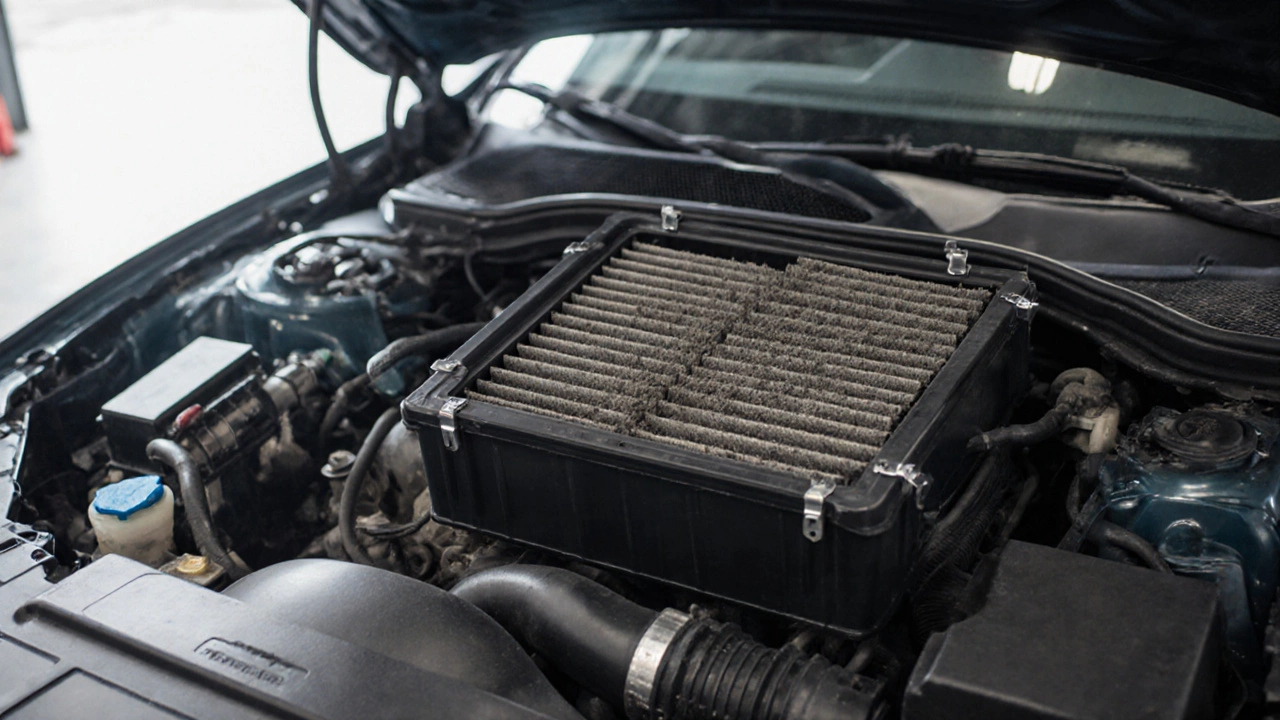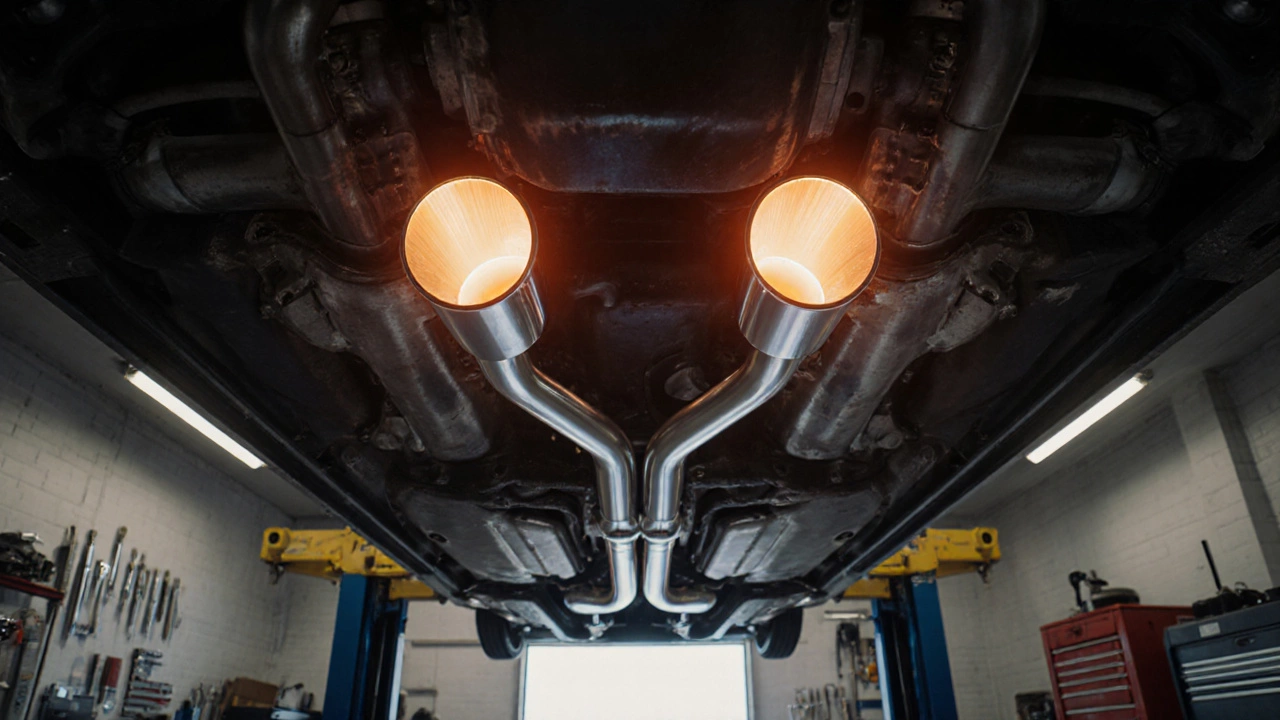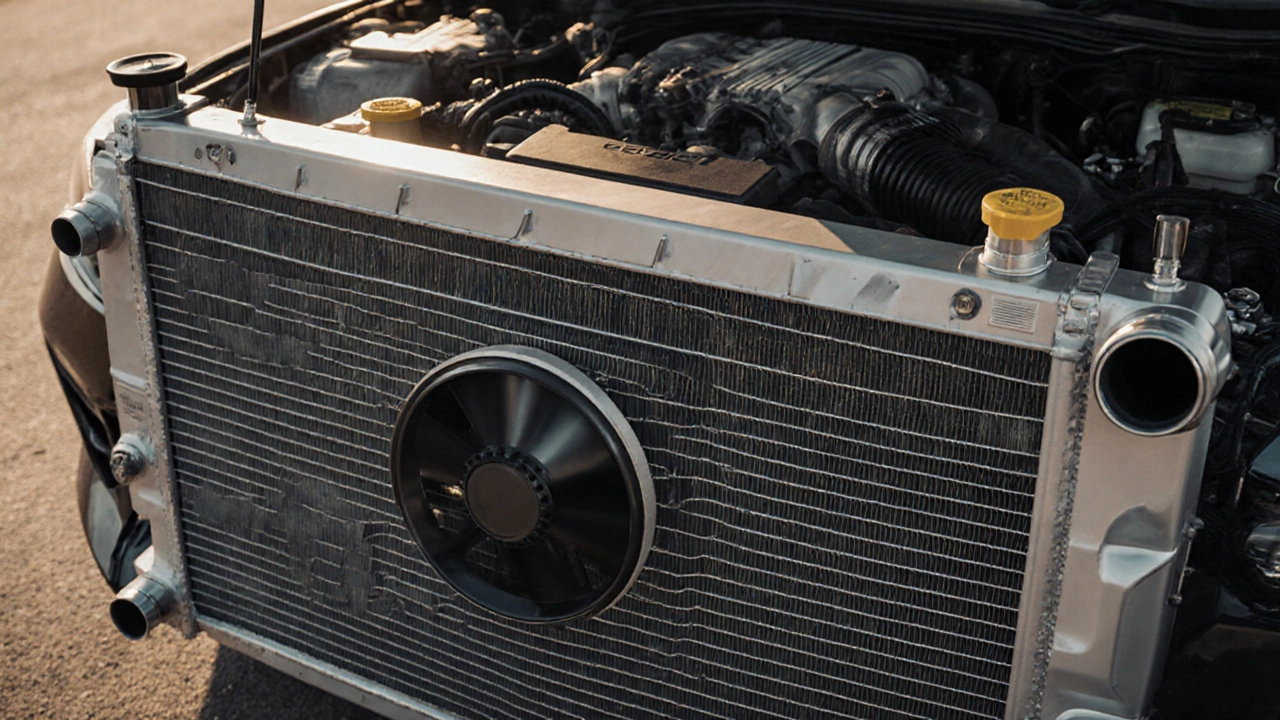Car Maintenance Issues in October 2025: Fuel Pumps, Struts, Air Filters and More
When your car maintenance, the routine checks and repairs needed to keep a vehicle running safely and efficiently. Also known as vehicle upkeep, it's not just about oil changes—it’s about catching small problems before they turn into breakdowns. In October 2025, our users were asking the same urgent questions: Why is my car sputtering? Why does it shake over bumps? Is that strange noise coming from the exhaust or the suspension? The posts this month focused on real, everyday failures that leave drivers stranded or paying more than they should.
One major theme was the fuel pump, a critical component that delivers fuel from the tank to the engine under pressure. Multiple articles showed how a failing fuel pump doesn’t always throw a code—it just makes your car hesitate on the highway or refuse to start after sitting overnight. You can’t just guess. You need to know the seven clear signs, like engine sputtering at high speeds or a loud whining noise from the back seat. And it’s not just fuel pumps. The same logic applies to bad struts, shock absorbers that control how your car handles bumps and keeps tires in contact with the road. If your car bounces like a pogo stick after hitting a pothole, or your tires wear unevenly, you’re not just dealing with a rough ride—you’re risking longer stopping distances and lost control.
Then there’s the air filter, a simple part that stops dirt from entering the engine’s intake system. Most people think it’s only about engine power, but a clogged filter kills fuel economy and increases emissions. We saw readers confuse MERV ratings meant for home HVAC systems with car air filters, so we clarified what actually matters on the road. And it’s not just filters. Suspension problems can actually cause engine vibration, which leads to premature wear on mounts and belts. A bent control arm? It doesn’t just mess with alignment—it throws off the entire drivetrain. These aren’t isolated issues. They’re connected systems failing in ways you can learn to spot before a mechanic finds them first.
Whether you’re checking tire tread depth, testing brake pads, or wondering if adding oil is enough, the posts this month give you the exact steps to take. No fluff. No theory. Just what to look for, what tools you need, and when to call a pro. You’ll find out why putting the wrong oil in your engine can destroy it in weeks, how long spark plugs really last, and whether a 2-into-1 exhaust actually gives you more power—or just more noise. Everything here is based on what real drivers in the UK ran into this October. No guesswork. No marketing hype. Just the facts you need to keep your car on the road without overpaying.











